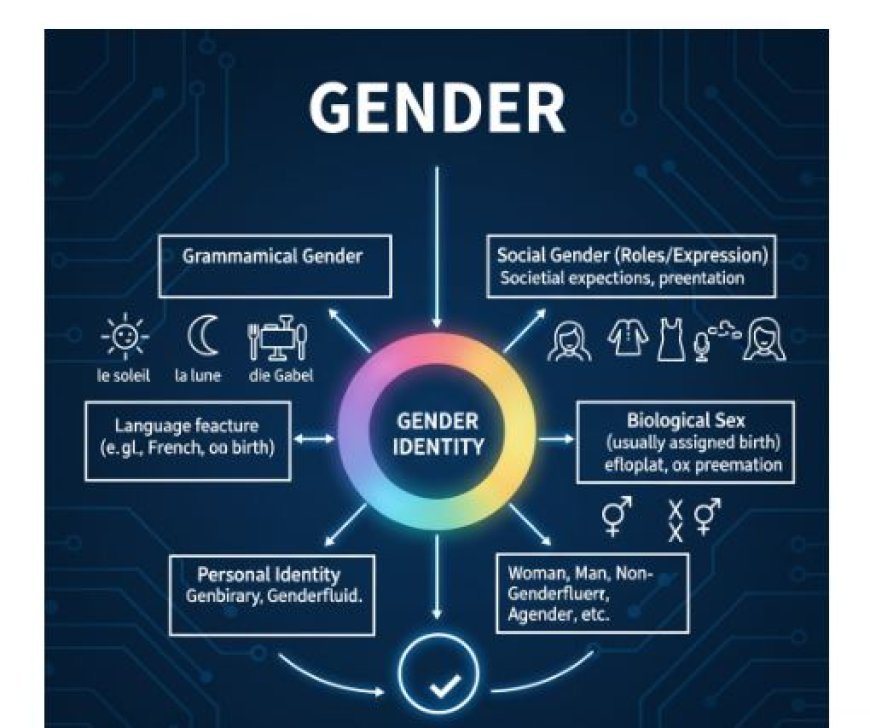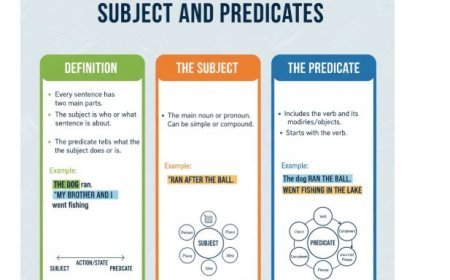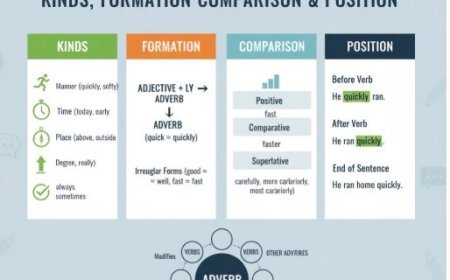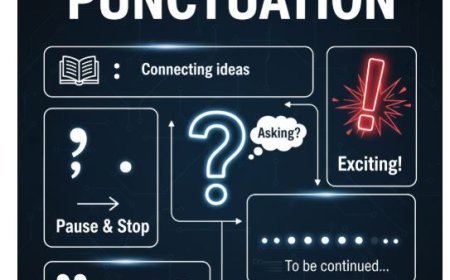GENDER
English grammar mostly uses a neuter gender, but social gender is more complex and can include non-binary identities.

GENDER
- English and Grammatical Gender
Unlike languages with grammatical gender systems, English primarily relies on natural gender to categorize nouns. We use specific words like "man," "woman," "boy," "girl," "bull," "cow," etc., to reference different sexes.
- Gendered Pronouns
English employs gendered pronouns like "he/him," "she/her," "it/its" to agree with the natural gender of nouns. While pronouns offer flexibility, there are instances where using gendered pronouns for non-binary individuals or objects may not be accurate or inclusive.
- Gender-Neutral Language
To address such concerns, the use of gender-neutral language is increasingly adopted. This involves using singular "they/them" for individuals regardless of their gender identity, or opting for gender-neutral alternatives like "actor" instead of "actress" or "person" instead of "man/woman."
- Beyond Pronouns
While pronouns are central, gender can also be reflected in:
- Nouns: "police officer" vs. "policewoman" (although "officer" is becoming more common)
- Job titles: "fireman" vs. "firefighter"
- Collective nouns: "audience" vs. "gentlemen" (inclusive language can be used like "everyone")
Examples
- Direct reference: The doctor (she/her) examined the patient (he/him).
- Gender-neutral pronouns: The teacher (they/them) explained the concept to the students (they/them).
- Job titles: The firefighter (singular they) bravely put out the blaze.
- Collective nouns: The audience (everyone) listened attentively to the speaker.
What's Your Reaction?



































